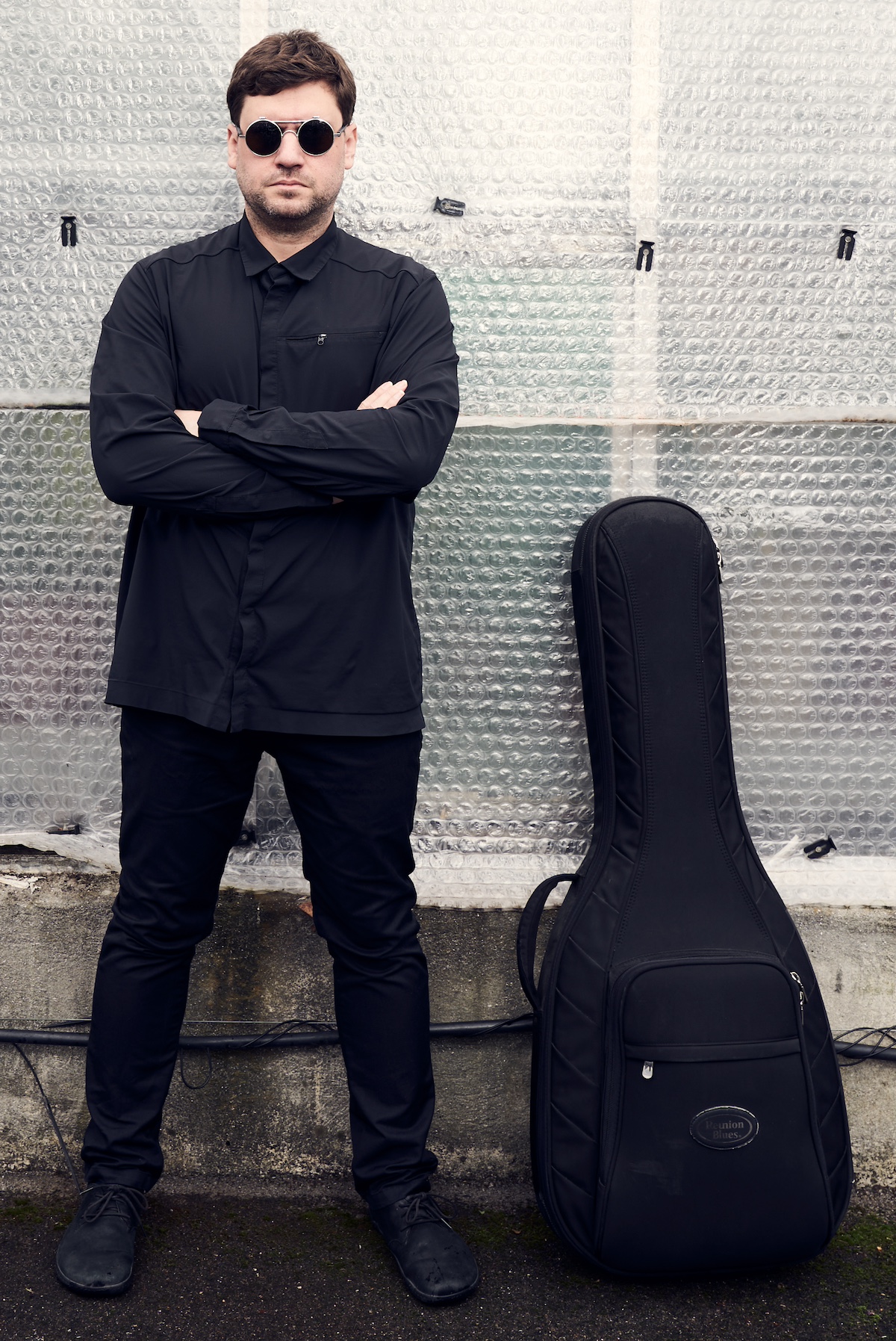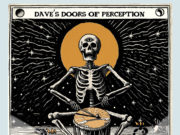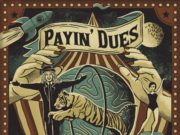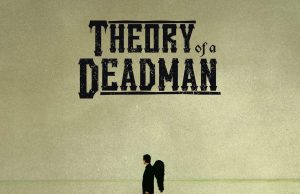Travis Reuter is definitely not playing by the numbers on his exploratory and extraordinary improvisational jazz release Quintet Music — showcasing today on Tinnitist.
The long-overdue followup to the cutting-edge Switzerland-based guitarist’s 2012 debut Rotational Templates is a jaw-dropping work of musical alchemy, invention and innovation, with Reuter and his virtuoso bandmates displaying near-psychic levels of intuition and interplay as they fearlessly push beyond the boundaries of traditional melody, harmony, rhythm and structure to explore uncharted sonic nooks and crannies far and wide.
For those who missed it, Rotational Templates revealed a searching, advanced musical mind, a player with tremendous technique and imagination, dissecting original compositions in a quintet with guitar, tenor sax, electric piano, bass and drums. Quintet Music, his boundary-pushing followup, features a similar lineup, but with the vibraphone of Peter Schlamb in place of piano.
On tenor is the unheralded and always jaw-dropping Mark Shim, with sought-after bassist and leader Harish Raghavan and drummer (not to mention MacArthur-winning new music composer) Tyshawn Sorey constituting a dream rhythm section. The music breaks free of conventional forms and gestures, sending Reuter and the quintet on a journey through the densest of metrical and harmonic sequences. Present through all the complexity is the unvarnished sound of live interplay, an animating spirit drawn from modern jazz even when Reuter and the quintet starkly depart from it.

“We did one rehearsal, without Tyshawn,” Reuter recalls. “And then we did three days in the studio. I knew what Tyshawn was capable of, so I sent him the music in advance, and when he showed up to record, it was not a problem at all.” Far from it. Sorey doesn’t simply make it through this incredibly difficult music, he breathes it, inhabits it, as does Raghavan on bass. The guitar, tenor and vibes form an inviting sonic triad, each instrument getting its own Interlude somewhere in the program.
Years ago, as an audience member at one of Sorey’s gigs, Reuter became fascinated with the idea of complex, changing written material being played under a soloist, so that composition and improvisation are happening at once. “Around the same time, I was listening to the Bartók and Carter string quartets and becoming influenced by those as well,” Reuter adds. “But while I’m writing I’m always thinking about what will be available for the improvisers to play over.”
Reuter also had the opportunity to perform Louis Andriessen’s opera meisterwerk De Materie, in the U.S. stage premiere with ICE, conducted by Peter Rundel at the Park Avenue Armoury with Andriessen in attendance. Fast Louis draws direct inspiration from Andriessen’s work. (Fast in German translates to “almost,” Reuter notes.) Since moving to Europe, learning German and becoming a father, the guitarist finds echoes of his life in this piece, which fosters new understandings, multiple meanings and constant reinvention as the players grapple with each of the four unique solo sections.

#8 D@z, the one track with no bass, is a set piece for vibraphone and tenor saxophone, oscillating between the two instruments as they weave an improvisational tapestry over varying repeated ostinatos. Reuter sees #15 and #8 D@z as “opposing side of a thematic coin,” both of them featuring a pair of instrumentalists: In #15 it is Shim and Reuter. The improvisers are pitted against each other, while drums, bass and vibraphone serve as tandem support. In much of this work, tempo is obfuscated via broken rhythms, meter changes and polyrhythmic melody so that a constant state of flux is created, and material isn’t revisited. Theme is maintained via rhythmic and tonal structures, and often complex rhythmic counterpoint, a constant subject in Reuter’s work. There are also moments of space which give the impression of interrupted tempo, of time stopping and starting, even though time flows continually. This is the kind of “temporal deception,” in Reuter’s words, that occurs in #9 Low/High 1.
“I’d always wanted to work with these people on my music, so this was a really special opportunity,” says the leader in conclusion. The resulting Quintet Music brims with a sense of excitement, as Reuter and his high-level colleagues expand the parameters of what is musically possible.
Listen to Quintet Music below and take five with Travis Reuter on his website.











































